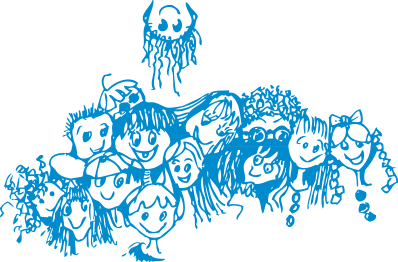Who’s afraid of the dentist?
November 4th, 2014

Is the sound of a drill enough to make your child flinch or cringe? Does he or she worry about the twice-yearly dental checkup at Summit Pediatric Dentistry? Trust us when we say your child is not alone!
To help eliminate that distress, Dr. Stephen Korson and our team put together five steps to help your child overcome his or her dental anxiety when visiting Summit Pediatric Dentistry.
1. Ask your child what they’re most afraid of. Is it the sound of the drill? Do you have needle phobia? Has your child been traumatized by previous dental visits? Have children write down their fears, one by one, and talk about them.
2. Don’t wait. The more frequently your child visits our office, the less work will need to be done at any given visit. Simply having Dr. Stephen Korson professionally clean your child’s teeth twice a year prevents many, if not most, problems down the road.
3. Bring a distraction such as music to your child’s appointment. Just plug in those earphones, have your child close his or her eyes, and get lost in the music. Listening to tunes can also be a pain killer.
4. Remind your child to unwind. Inhaling slowly and counting to five helps. Encourage children to hold their breath for ten seconds, then exhale slowly to the count of eight, and repeat as needed. It’s easier if they’re not focused on the work going on inside their mouth.
5. Ask us. Before any procedure your child undergoes, we encourage you to ask Dr. Stephen Korson or one of our assistants why we’re using the tools we’re using. Ask us what we’re doing during your child’s procedure, what the tool is used for, and how it benefits your child. Also, please ask about anti-anxiety medications we may prescribe to help your child relax during his or her appointment.
Remember, our team at Summit Pediatric Dentistry are health care professionals who strive to improve your child’s oral health, and will do all we can to ensure a trauma- and pain-free experience during his or her visit!
We hope these tips help! For more on pediatric dental anxieties, ask us during your next visit to our Summit, NJ office! Or, ask us below or on Facebook!






